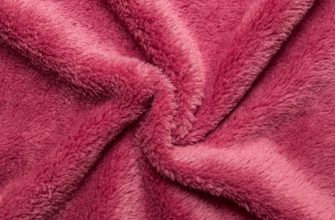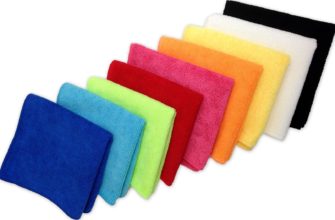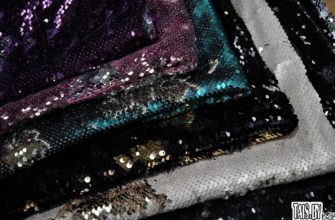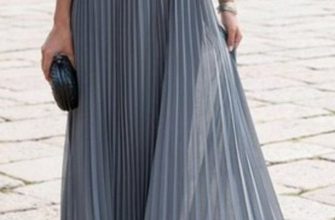Modern designers and buyers agree that Rayon fabric is a worthy alternative to more expensive natural materials. It has been used in a variety of industries for over a hundred years. Light, elastic, bright material is used to sew elegant and practical types of clothing and household items. What is the secret of its eternal popularity and what is Rayon in the fabric? This is described below.
History of fabric
Unlike the silkworm, which transforms mulberry fiber into real threads, Rayon is obtained by chemical reactions from cellulose. This is the first artificial fiber, the emergence of which was predicted in the 17th century by the English inventor Robert Hooke. They learned to transform cellulose ether into Rayon, and patented this method in 1885. In 1891, the first manufacturing plant was built in Besancon, France.
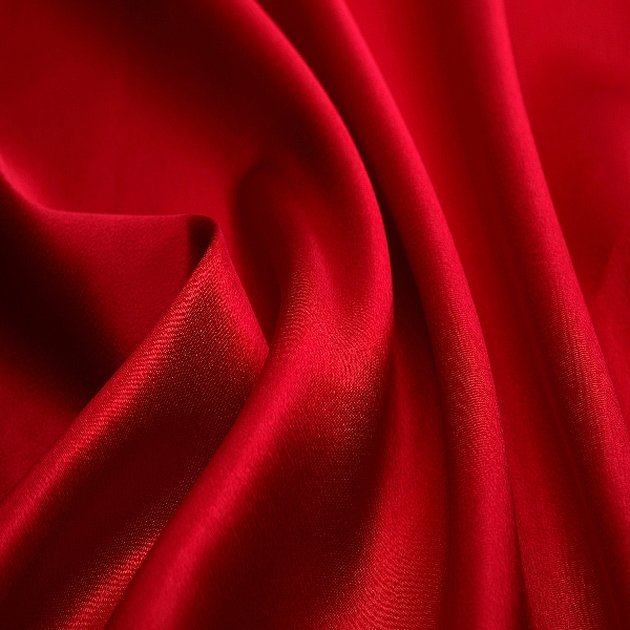
Interesting to know! Rayon fabric is 100% viscose fabric and a natural product, it is 100% hydrocellulose. Cellulose is a fiber, the main component of the shells of all higher plants. Hydrated cellulose differs from natural fiber by its high hygroscopicity, ability to decompose from water, esterification, oxidation and has absorption qualities.
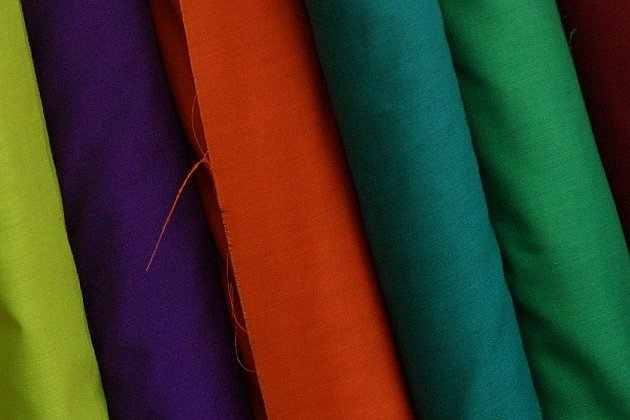
Regenerated from a liquid cellulose solution, the Rayon product has not lost its natural properties. For example, cotton contains 82.7% cellulose. Therefore, it is considered the most natural fiber. In the name, the prefix "ray" is translated as "reflection", and the ending "on" indicates the commonality with cotton.
The more familiar name for the fabric rayon is viscose. Sometimes it is called natural synthetics or "artificial silk". This inexpensive and beautiful material with impressive characteristics became widespread in the USA in 1924. After a long time, the production technology has changed many times and has been brought to a new level.
How Rayon is made
The cellulose used for production is real, but it undergoes chemical finishing in the process. The raw materials are the remains of spruce, pine wood, flax or cotton waste.
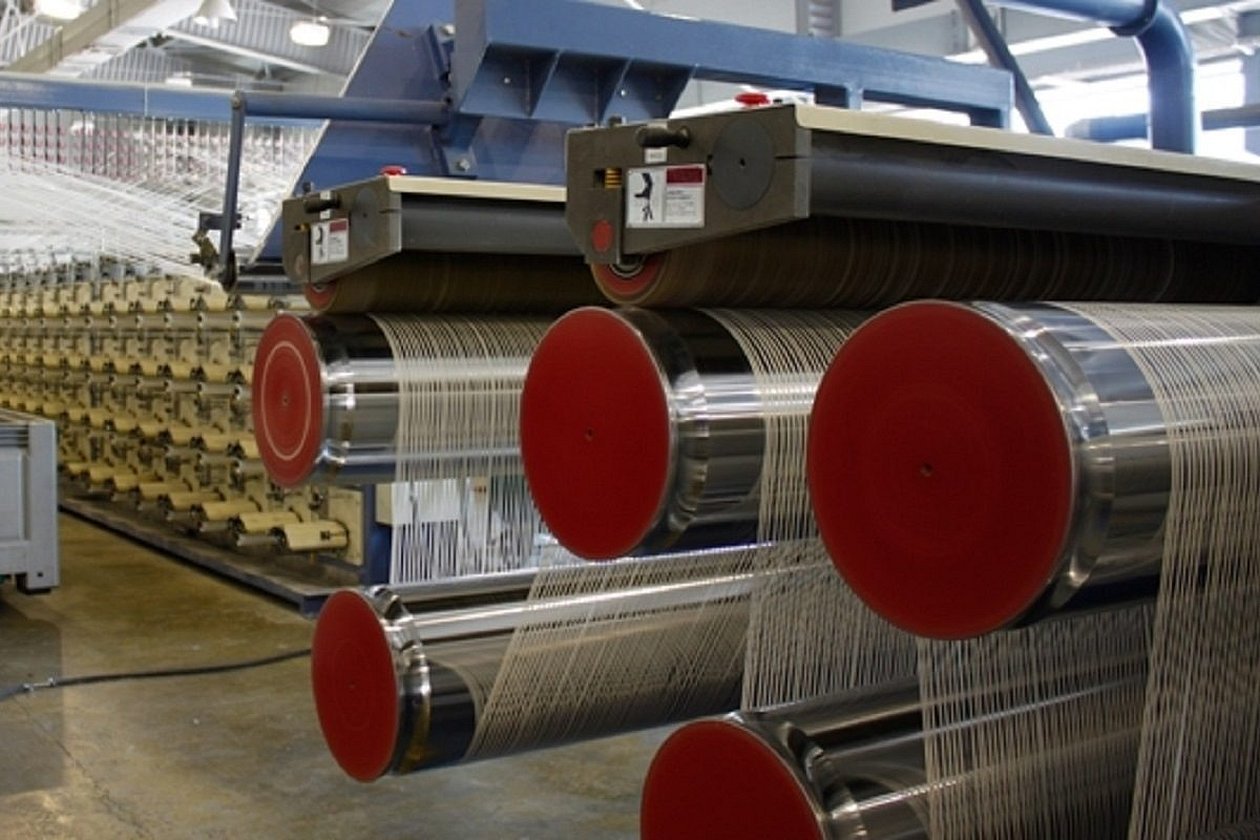
The process consists of the following stages:
- Wet spinning - the ester is broken down in a precipitation bath (a mixture of zinc sulfate, sodium, and sulfuric acid). It is passed through a spinning mechanism similar to a shower and released into a tank with a sulfuric acid solution. The resulting threads or strands are drawn, desulfurized, washed, treated with dressings, dried, and cut.
- The material is created from threads on specialized machines. Depending on the model of the spinning device, the fibers can be arched, round, or flat.
Please note! The fiber is produced colorless or mass-dyed.
Characteristics and properties of the material
If you look at the threads through a microscope, they have longitudinal lines (grooves) with transverse rounded sections. The fabric itself imitates the texture of silk, linen, wool, cotton. What kind of Rayon fabric is this, what is its composition and characteristics?
- Thermoplasticity – up to 100-120 C0.
- Density: 0.13 - 0.56 tex.
- Fiber length: 34 – 65 mm.
- Tensile strength: 0.13 - 0.15 mN/tex.
- Resistance - to gasoline, benzene, water.
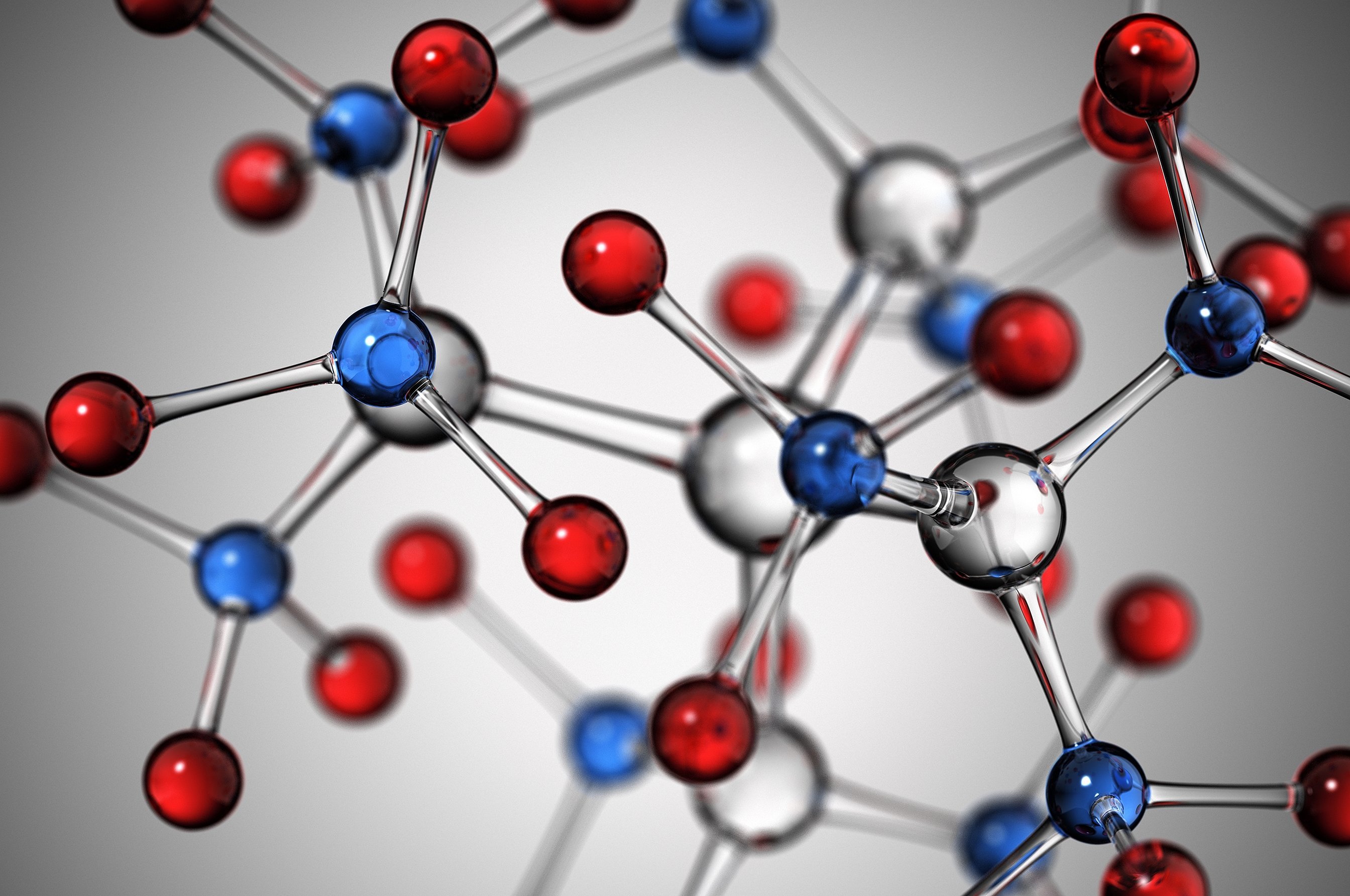
The fibers come in grades 1, 2 and premium. Rayon burns well, producing a flame and emitting the smell of burnt paper. After combustion, a white-gray ash-like coal remains, which is easily rubbed between the fingers.
What types are there?
Rayon material, what kind of fabric is it? Thanks to proven formulas, manufacturers produce materials that almost replicate natural cotton, wool, linen, silk in appearance, feel and characteristics.
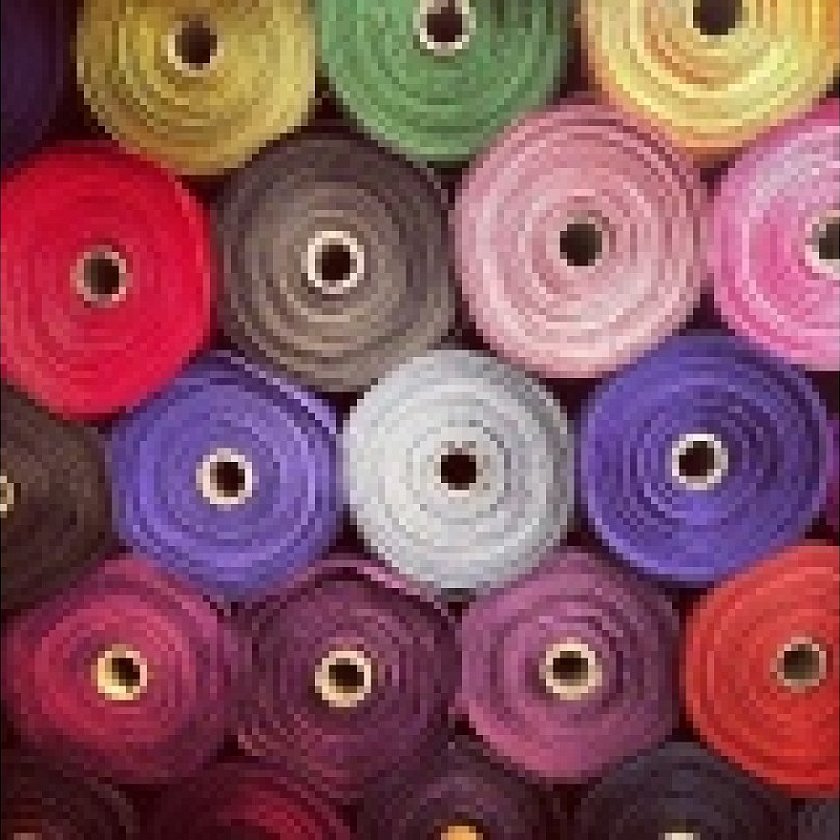
The industry produces a number of varieties:
- Textiles are a material of various compositions. It is strong, soft and practical. It is often used for sewing simple summer clothes, business suits, home textiles, curtains and bedding sets.
- Technical - have the same qualities as textile, but are more dense and less elastic.
- Staple - strong threads with a high cellulose content (96.5 - 98.0%) mixed with cotton. Short threads of the same length provide more elasticity. They are used for sewing warm clothes, and they are also used to make blankets and carpets.

Important to know! The labels often contain the names tencel, bamboo, modal. They are made from Rayon fibers. The difference is only in the raw materials and technological processes. The material can be translucent and dense. To eliminate gloss and get a matte effect, special elements are added. If lycra is added during production, the fabric acquires stretchy qualities and becomes stronger.
Application areas
Rayon is used to produce not only elegant and colorful head and neck scarves, stoles, home textiles, bedspreads, curtains, and bedding sets. It is widely used in the manufacture of napkins, tires for racing cars, tarpaulin boots, and carpets. In the light industry, it is used to produce polyethylene, slightly changing the technical specifications. Silk yarn is sold both in bobbins for industrial knitwear production and for hand knitting.
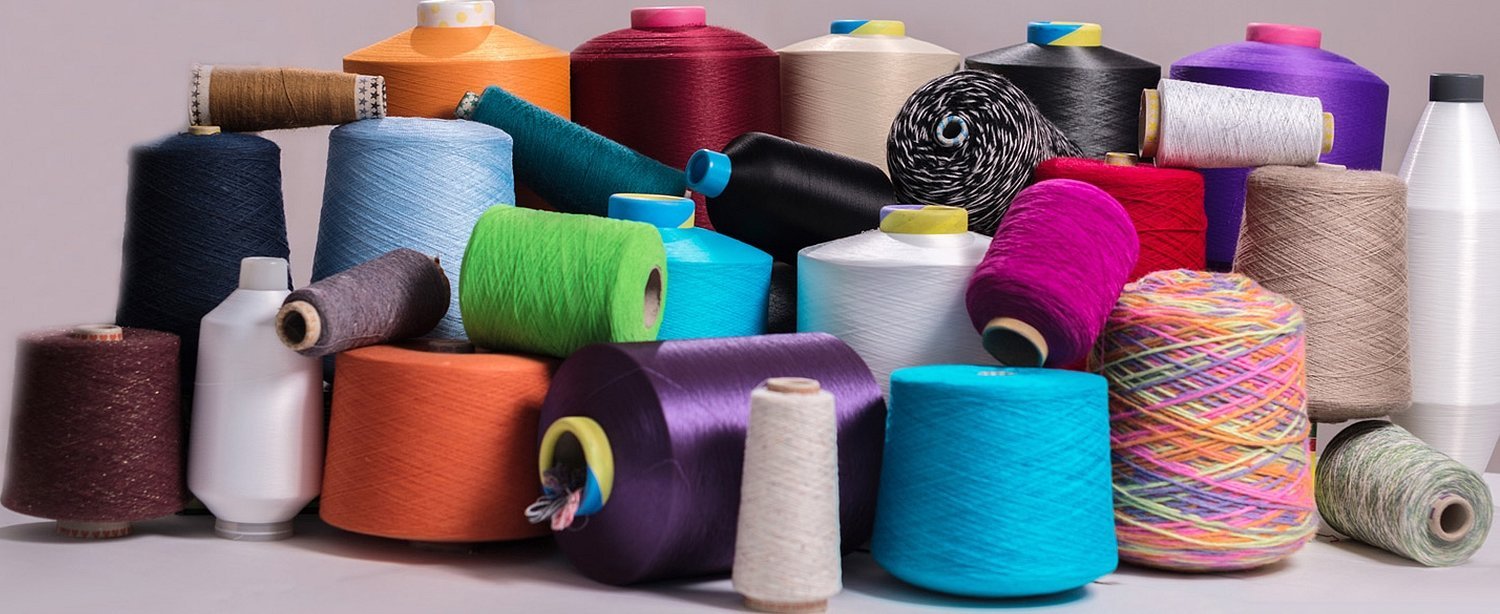
How to care
Rayon material is viscose silk, 100% viscose, thin and shiny. The fabric wears out quickly and if the dried product has good strength characteristics, then the wet one is very easily damaged, for this reason it should not be wrung out or twisted. It is recommended to wash at a temperature of 30-40 degrees using mild detergents. Dry in a horizontal straightened state. Ironing products is possible only through the fabric.
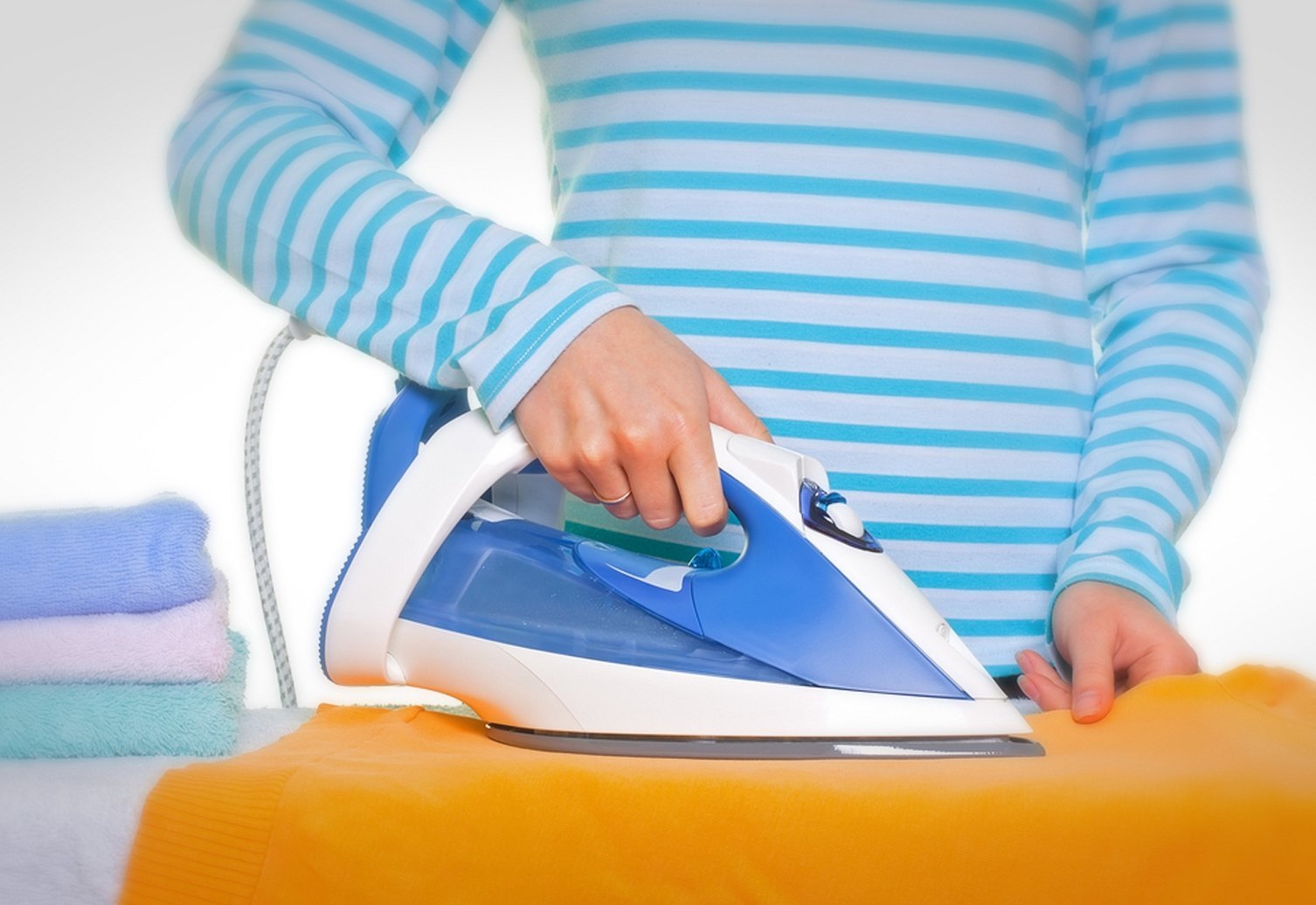
Advantages and disadvantages of "District"
Rayon has qualities similar to natural fabrics:
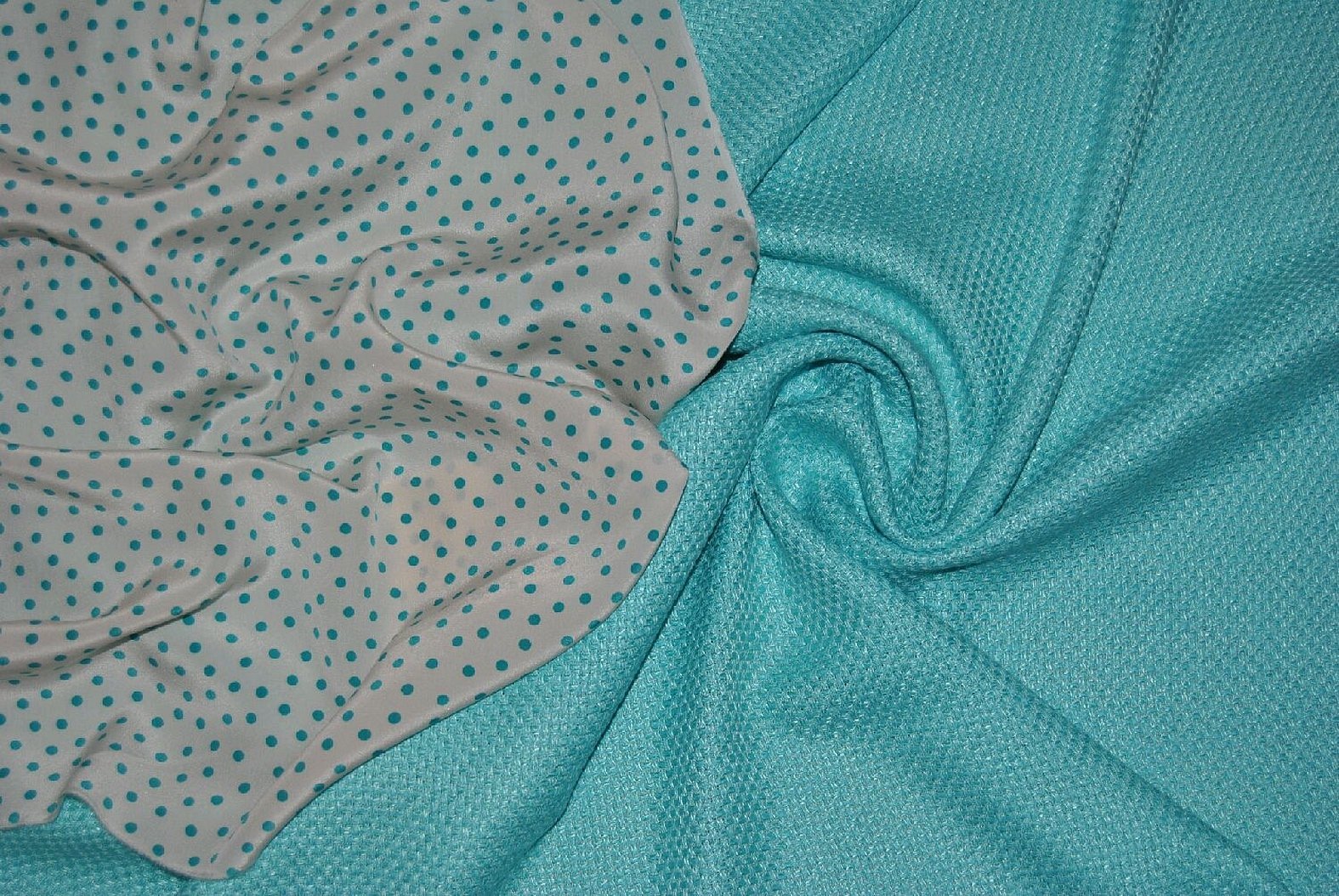
- Texture: translucent, shiny, soft, smooth, silk-like.
- Absorbent - absorbs liquid and gaseous substances from the external environment well.
- Breathability - Cool, no insulation, making it ideal for use in hot summer weather.
- The color is durable and the fabric itself is easily dyed in an unlimited range of colors, suitable for processing with dyes specialized for natural materials.
- Properties: plastic, hygroscopic, does not electrify.
- Wear resistance is high, but it is easily wrinkled and can change shape.
- Does not cause discomfort and does not cause allergic reactions.
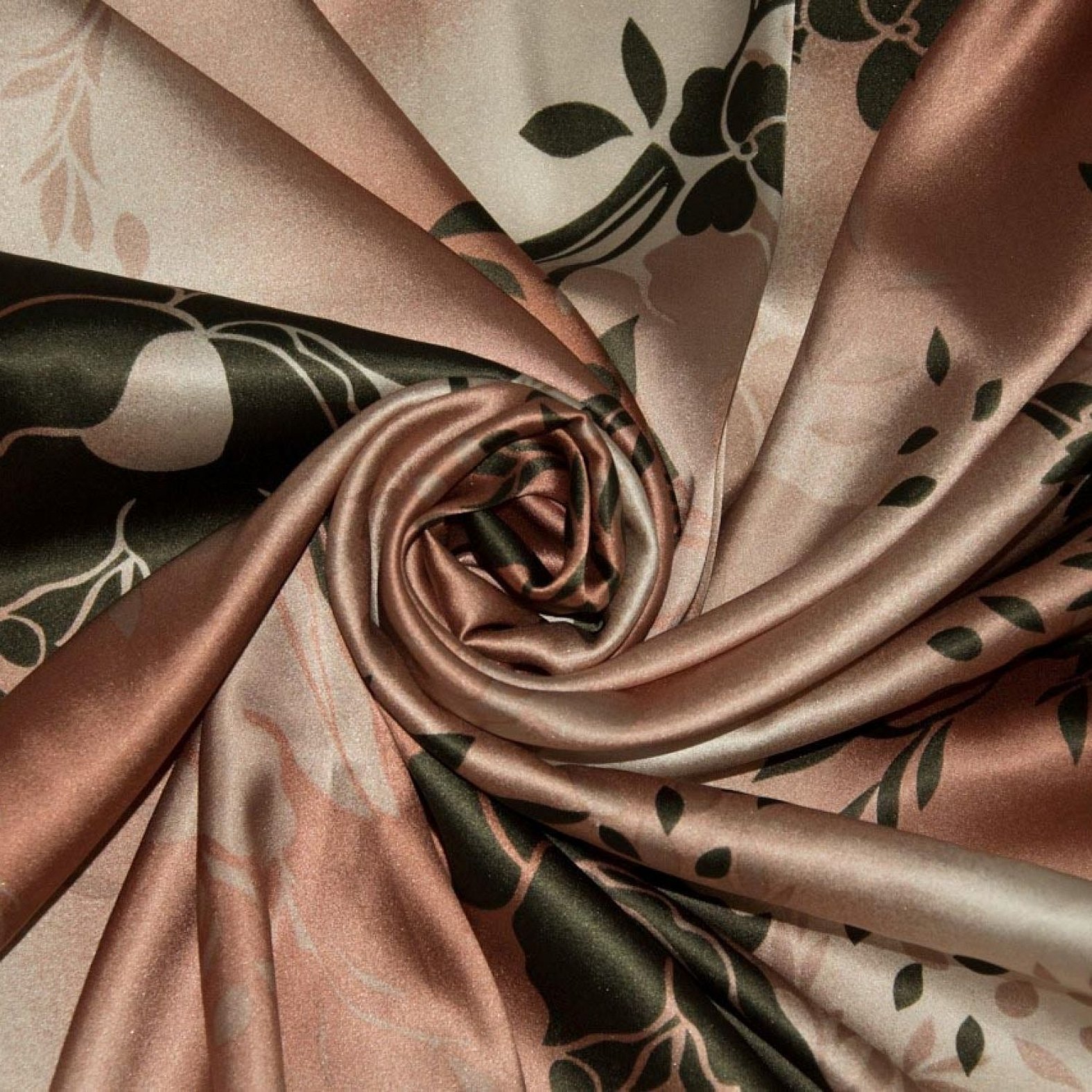
Please note! Rayon is an imitation of silk. It has the same property of shine, changing color under different lighting and changing the direction of the pile. This fabric is amazingly able to repel dirt, which makes it suitable for sewing children's clothing.
Disadvantages of Rayon:
- things quickly lose their shape and wear out;
- warms less;
- does not have a bactericidal effect;
- crumbles at the cuts due to the smoothness of the threads;
- the fabric is very delicate, stretches when wet and shrinks when washed;
- it is less breathable than natural fabric;
- easily wrinkled.
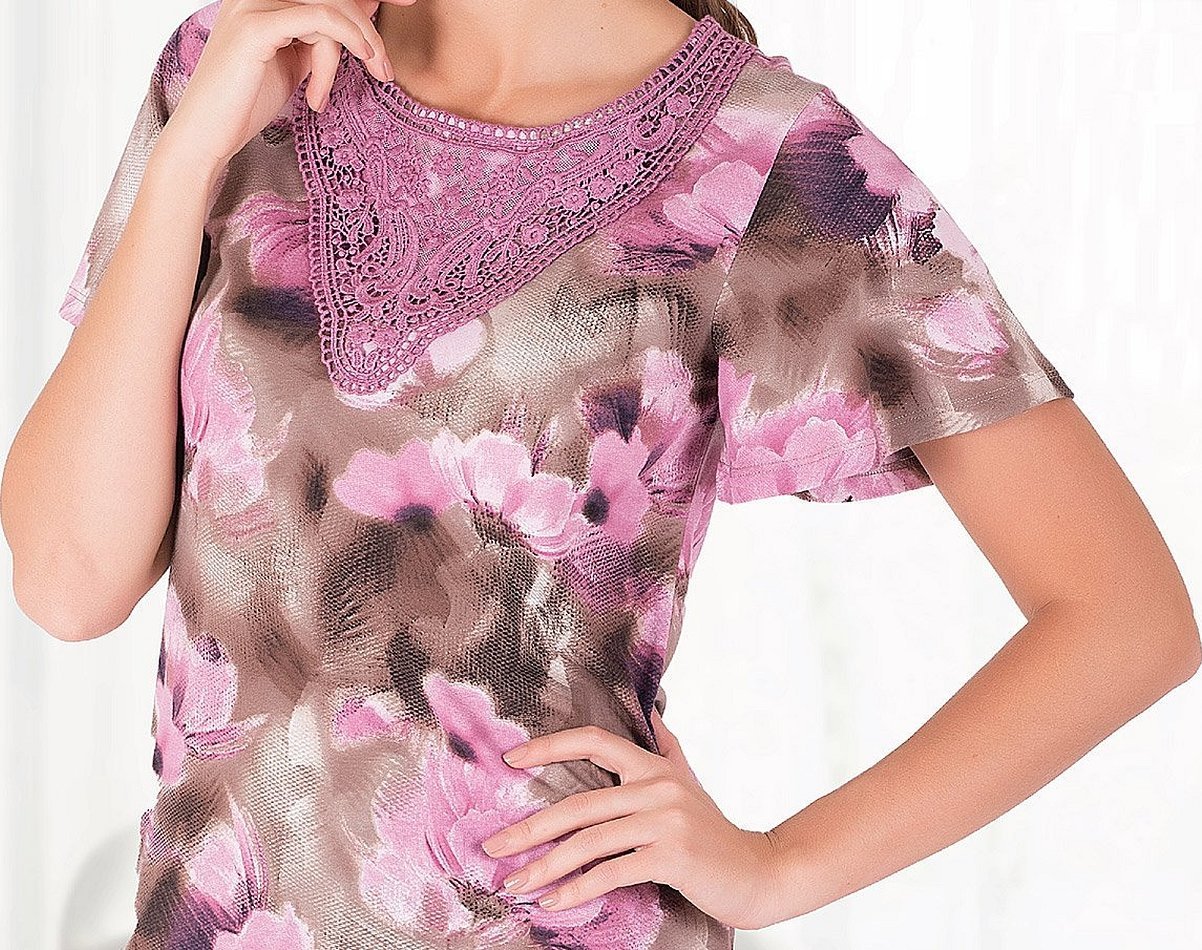
To eliminate all negative qualities, artificial fibers are added to the composition. Depending on the manufacturer and type of material, the quality varies significantly, and it can cost differently. There are both budget textiles and more expensive ones. In Russia, Rayon production is widespread in Uzbekistan, but today it is most often supplied from China.

